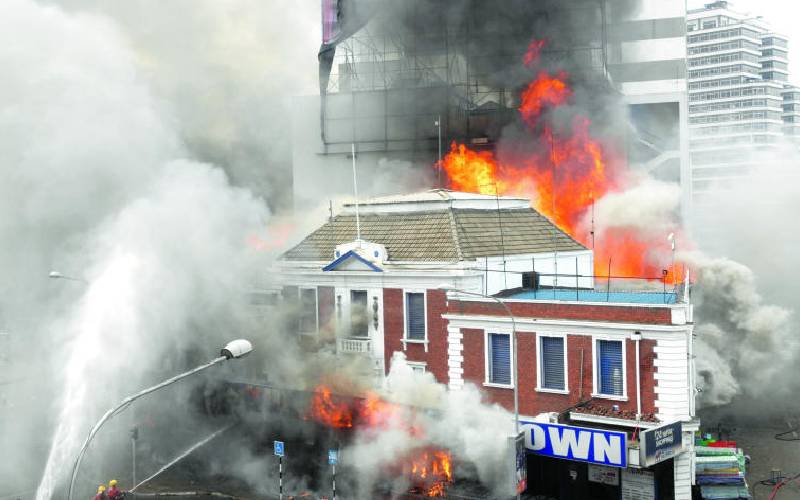×
The Standard e-Paper
Stay Informed, Even Offline

The downtown building known as Woolworths was owned by a Mr Patel. Nakumatt had leased the building for 20 years from 1995. [Courtesy]
A Nakumatt fire that killed 30 people in 2009 did not have a human hand, but several critical fire protection and fighting blunders made a dire situation worse.